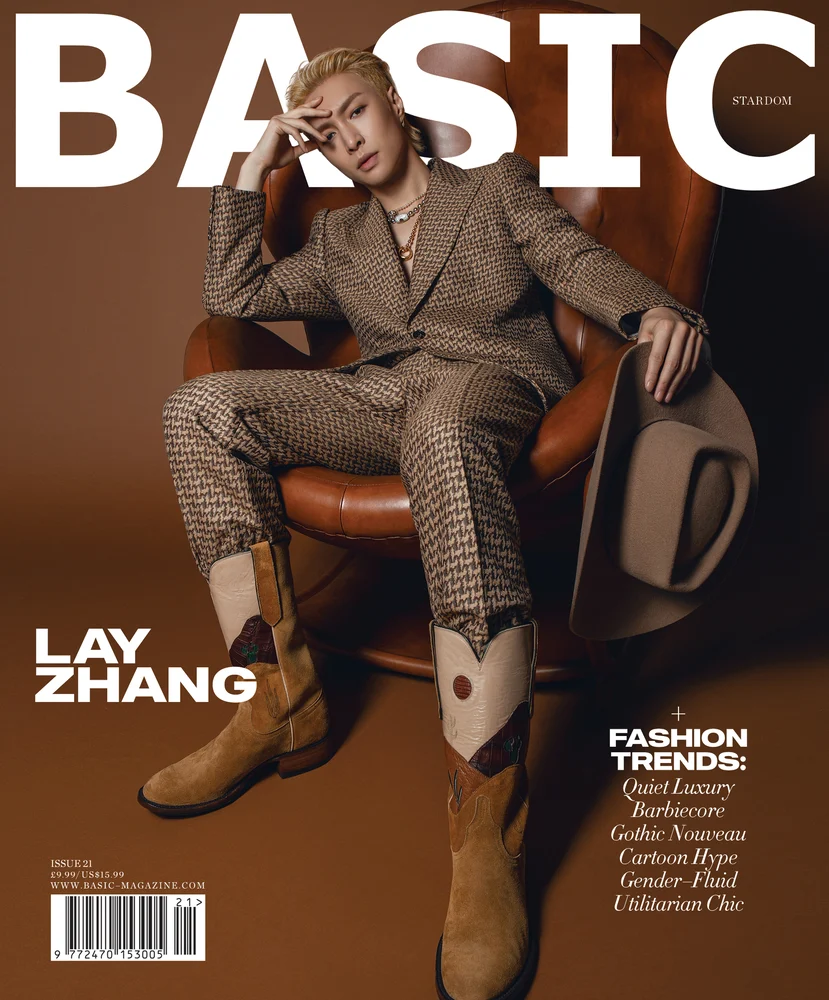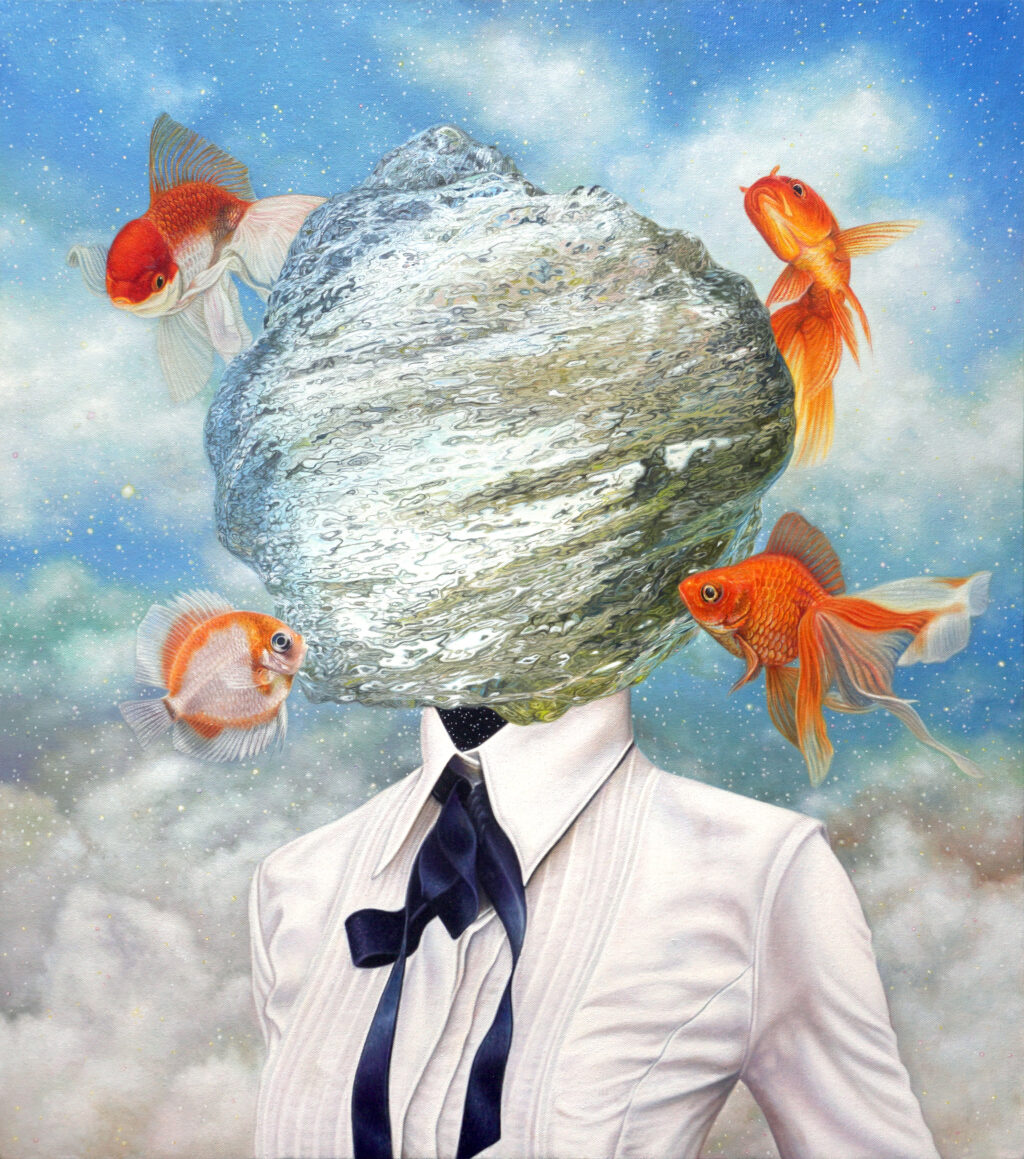PRESENTED BY S CAFE
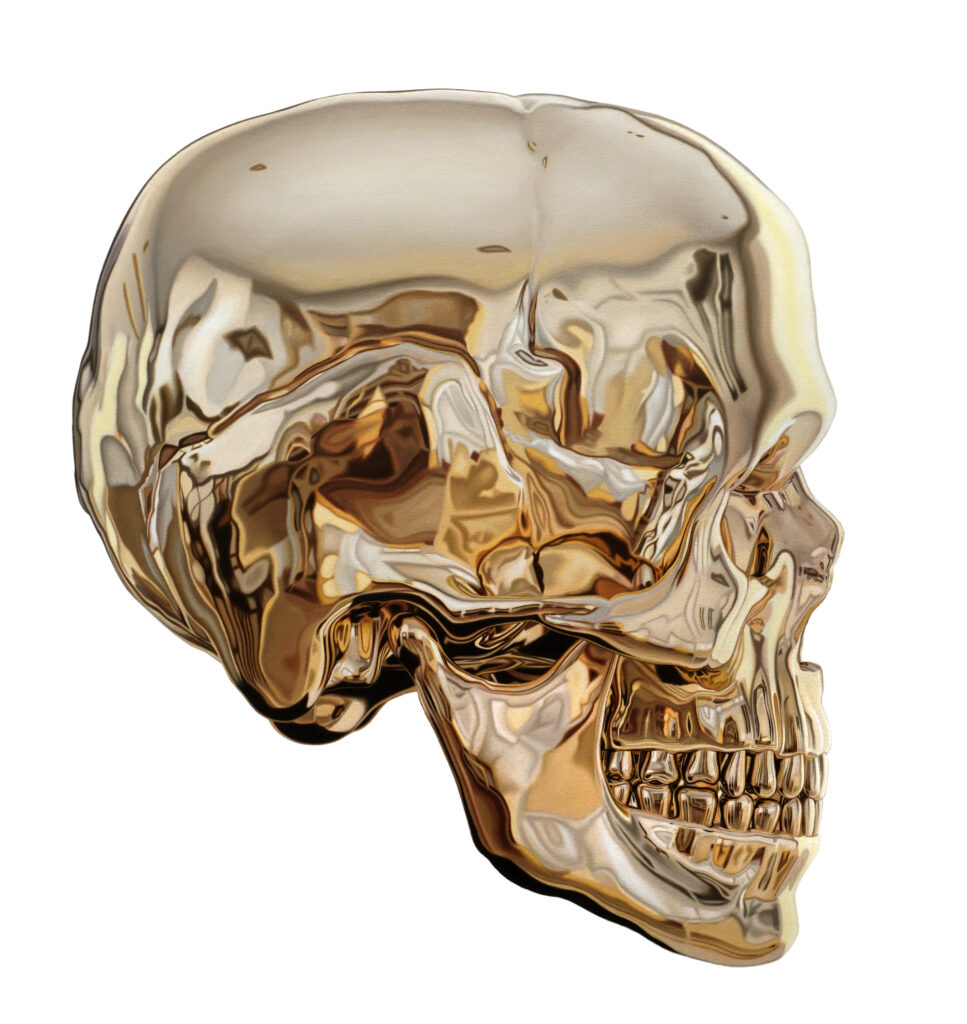
When and how did you discover that you were a creative person?
I first discovered art through my father, who is also a painter. I would see his work in his studio, but he never pushed the idea of becoming an artist on me. He allowed me to choose my own path. I just naturally gravitated towards it. Even when I was young, I would find myself drawing stick figures and trees and mountains. I would obsess over them in school and at home, drawing in the back of my notebooks and making comic strips with simple stories and sharing them with my classmates. Once I told him that I wanted to be an artist, he began my formal training when I was 12 years old.
Why did you choose this medium for expressing your creativity?
Like many other artists, I experimented and trained with a lot of different mediums like watercolor, acrylic, graphite, and colored pencils. While I like using all of them, I chose oil painting because of the slow drying time. You have enough time to manipulate the pigments on the canvas before they dry too quickly.
Please describe how you feel when you are creating something.
I feel happy when I am painting. I experience intense focus and concentration, but without anxiety or stress. Finishing the work is also very fulfilling.
Discuss the concept behind these images and what message you hope to send to your audience with your work.
Much of my work is a visual representation of love in its purest form—stemming from my past experiences. It is the only real thing that transcends beyond social norms and breaks the illusion that love must heed society’s expectations of belief, social status, age, creed, religious affiliation or culture, gender, and stereotypes. It is about love that is unshaken by the barriers of poverty and social status, unquestioning of racial bigotry, and free from all the other prejudices that we go against daily. You see, all of us have been a victim of deprivation when it comes to love, but often times, we refuse to acknowl-edge that and believe we should have more or less of it. All of us want the same thing—to love and to be loved. We all long for unconditional love through complete equality. Though we can probably manifest our day-to-day desires through words, sometimes, they are not enough to represent the way we think. And that is where art comes in. For example, people often use skulls as symbols of death and mortality, but I use them to represent life and people. When we are all stripped of vanity and superficial beauty, we can see that the color of our bones underneath us are the same. With this, the audience can easily relate to my art. Often times, they tell me that it feels like they are looking into a mirror and that their feelings and experiences are laid bare.
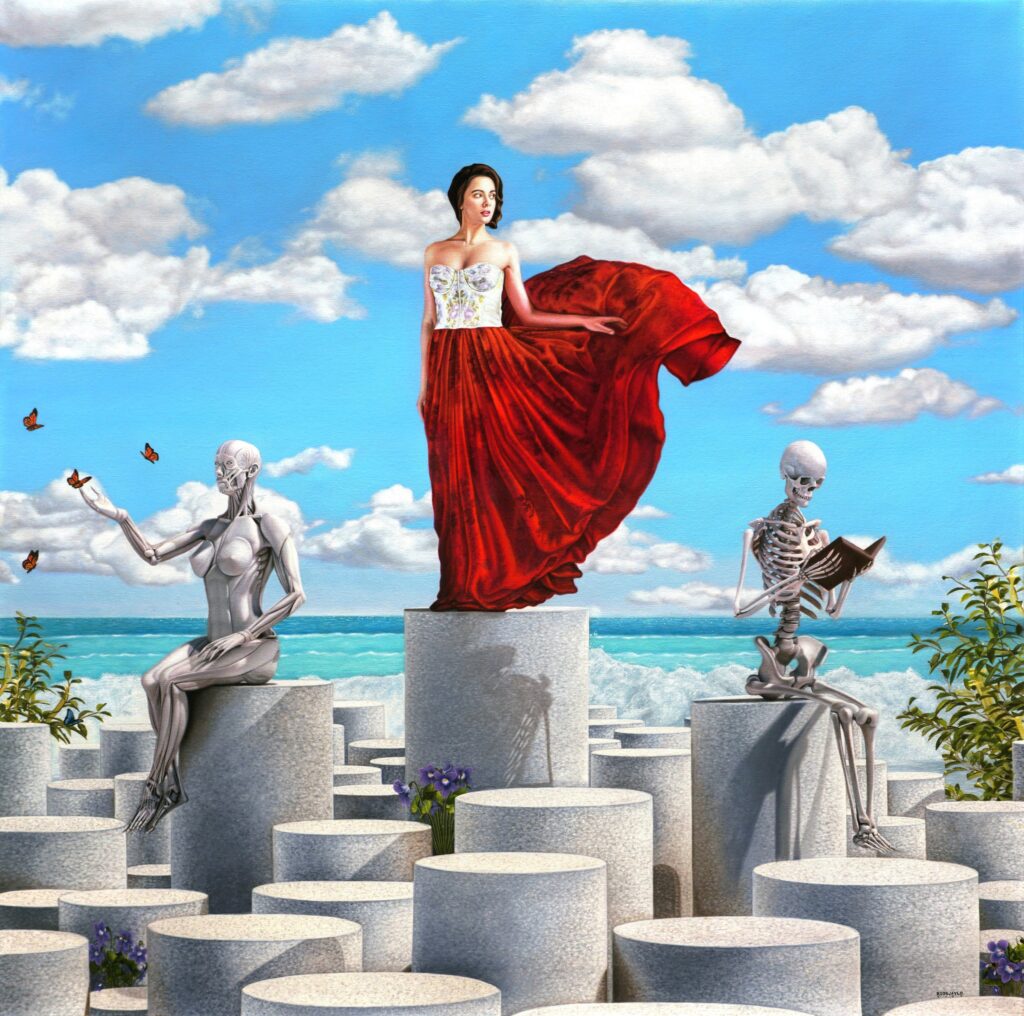
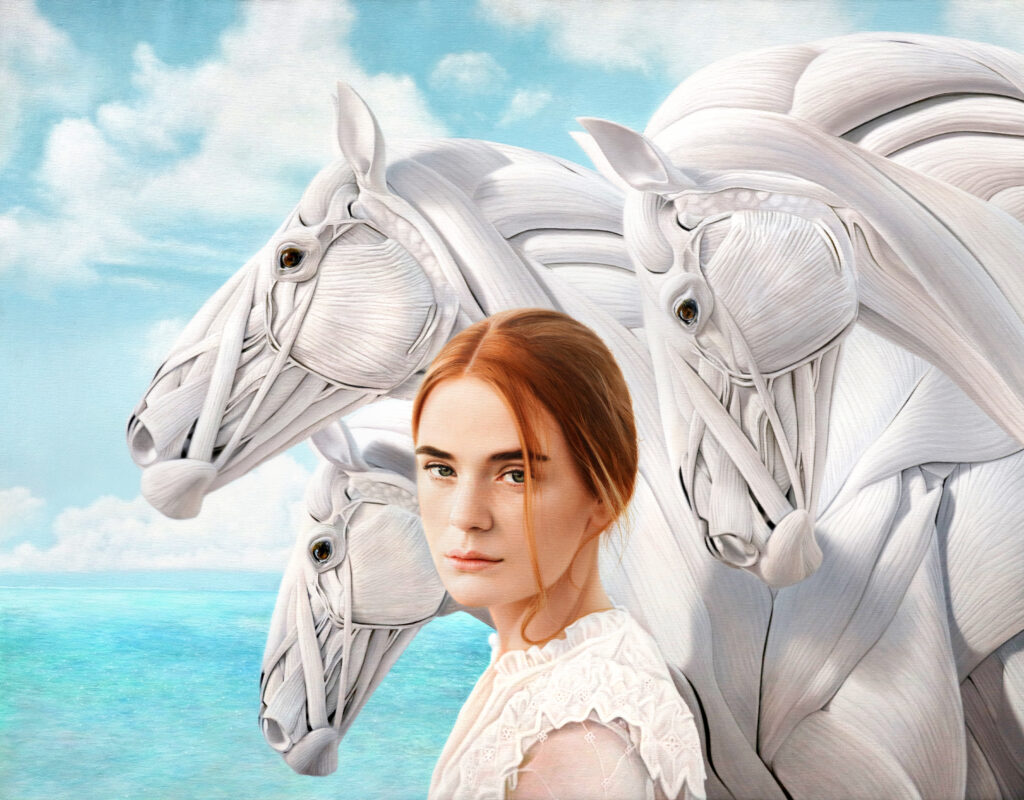
Does your creativity reflect events in your life or your own personality?
The painting “Vibration” is very special to me. The story is so personal as it came from heartbreak. Heartbreak really does serve as a source of inspiration and motivation. It can also cultivate creativity. This piece also served as a springboard for new designs. The leap from my previous art styles to this piece was enormous. It started my use of skeletons and écorché. I also paint stories of other people. Years ago, as part of my second solo show in Distinction Gallery USA, I made a tribute to Omran Daqneesh, the little Syrian boy whose town was bombed because of war. The photo left a burning image in our minds, showing the horrors and indiscriminate nature of suffering. That photo of him sitting in an ambulance stretcher, bloodied and shell-shocked, broke me. I wanted to share that story with everyone so that they too, can become aware of the suffering around us, and hopefully, inspire those capable of the biggest change. I also made a piece entitled “Mirai,” a Japanese word meaning “the future” or “the world to come.” “Mirai” is a painting of a little girl with objects swirling around her, a thundercloud above, and a set of books beside her. It symbolizes knowledge and a very masculine yet graceful manifestation of strength and resilience. My hometown in the Philippines is no stranger to calamity. Hurricanes and tropical storms have barreled through entire communities, flattened cities, and ruined thousands of lives, yet people still emerge in the wake of tragedy. This particular work is all about that—our internal and external fights, struggles, and battles, both against ourselves and as a society. It shows that while we fall, we come back stronger.
What does being an artist mean to you?
For me, finding your own voice or identity and being unique is what it means to be an artist. Let’s face it, so much style and technique has already been done by millions of artists before and it is really hard to say that you have invented your own style. Despite this, it should not be used as an excuse to stop experimenting and innovating. I would consider the message, meaning, and stories of my paintings to be the most integral part of my work. I want to share my innermost thoughts and emotions and I think the best and only way I know how to show that is through my work. I paint to tell my stories.

